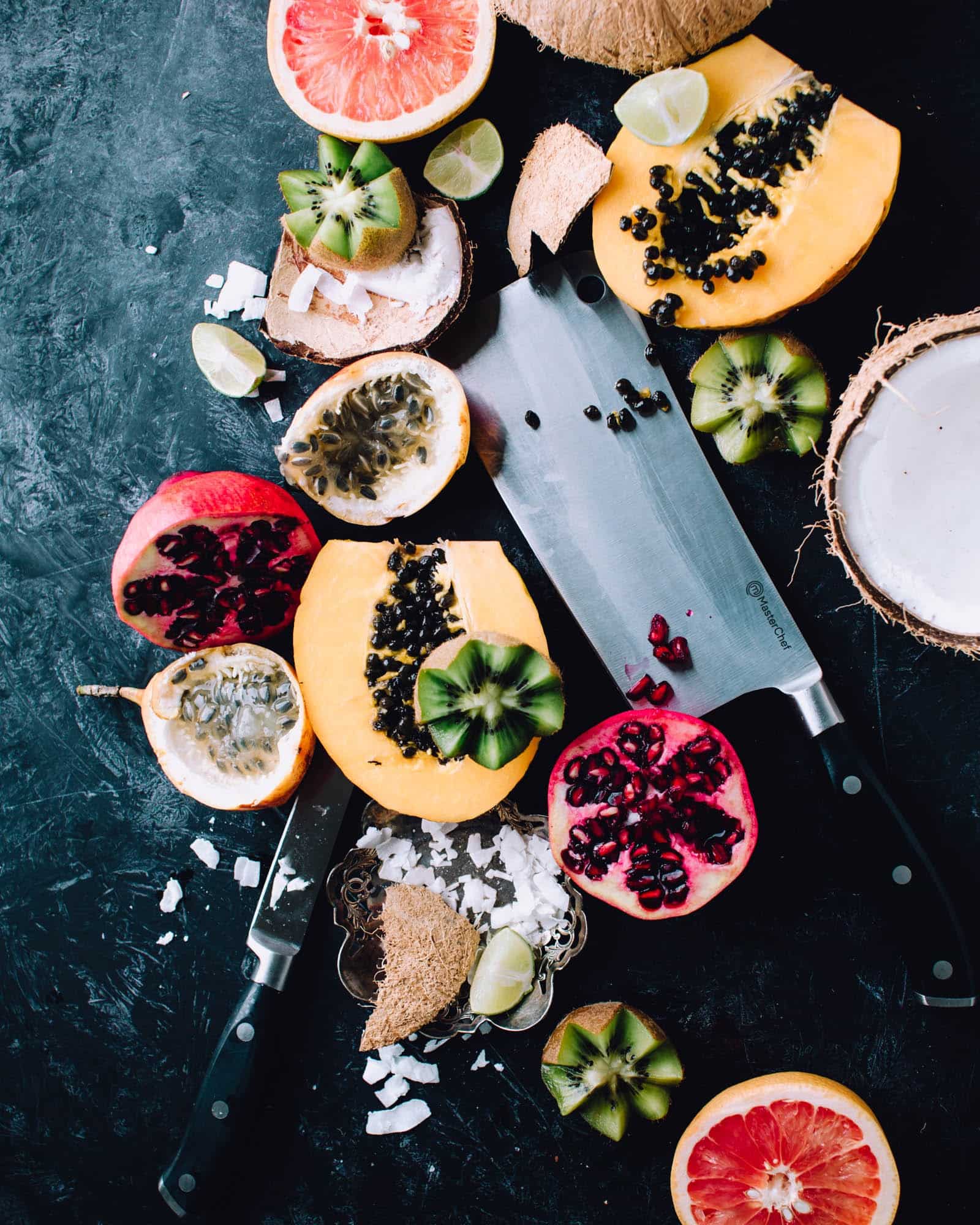Altiplano Design Insights
Exploring the beauty and creativity of design in everyday life.
Snap, Savor, Sell: Transforming Tasty Treats into Scroll-Stopping Shots
Master the art of food photography! Discover tips to turn your delicious creations into irresistible, eye-catching images that drive sales.
10 Tips for Capturing Mouthwatering Food Photos that Sell
Capturing mouthwatering food photos requires more than just a good camera; it involves understanding lighting, angles, and composition. First and foremost, natural light is your best friend. Try to shoot your dishes near a window during the day to take advantage of soft, diffused sunlight. This will help enhance the vibrant colors of your food, making it more appealing. Additionally, pay attention to your composition. Use the rule of thirds to create visually appealing images by placing your focal point off-center, which draws the viewer's eye towards the subject.
Next, experiment with different angles to find the most flattering perspective for your dish. Overhead shots work wonders for flat lays, while a slight side angle can add depth to layered dishes. Don't be afraid to incorporate props like utensils, napkins, or even ingredients to create an interesting backdrop. Finally, remember to style your food. A sprinkle of herbs or a drizzle of sauce can add that finishing touch that brings your food photography to life. By following these steps, you'll ensure that your images are not only appetizing but also sellable.

The Art of Food Styling: How to Make Your Treats Instagram-Ready
In today's visually-driven world, the art of food styling has become essential for anyone looking to share their culinary creations on platforms like Instagram. Whether you're a professional chef or a home cook, presenting your dishes in an enticing way can make a significant difference in attracting followers and engagement. To begin, consider the colors and textures of your ingredients; bold, vibrant colors tend to pop in photographs. Additionally, using natural light will enhance the visual appeal, so aim to style your food near a window during the day. Remember, the first impression is crucial, so your food should not only taste good but also **look** amazing!
Another important aspect of achieving that Instagram-ready look is the presentation. Start by choosing the right dishware, as the style of the plate can either complement or clash with your food. Experiment with different compositions, such as using negative space to draw attention to the main dish or layering items for depth. Don't forget the finishing touches; garnishes like herbs or a dusting of powdered sugar can elevate the overall aesthetic. Lastly, play around with angles when taking your photo—sometimes a straightforward overhead shot works best, while other dishes shine from a side or diagonal view. Mastering these techniques will ensure your treats are not just delicious but also visually stunning!
How to Use Lighting and Composition to Elevate Your Food Photography
Lighting plays a crucial role in food photography, as it can dramatically affect the mood and appeal of your images. To achieve the best results, consider using natural light whenever possible. Position your food near a window to harness the soft, diffused light that enhances colors and textures. If natural light isn't available, invest in some quality artificial lights or reflectors that mimic daylight. Remember, experimenting with different light sources and angles can create unique shadows and highlights that elevate your images.
In addition to lighting, composition is key to capturing mouthwatering food photos. Start by considering the rule of thirds, which involves dividing your frame into nine equal parts and placing your subject along these lines or at their intersections. This method can draw the viewer's eye and create a more balanced image. Don’t forget to incorporate props, such as utensils or napkins, to add context and depth to your composition. Finally, try capturing your dish from various angles, including overhead shots, to find the most appetizing perspective.